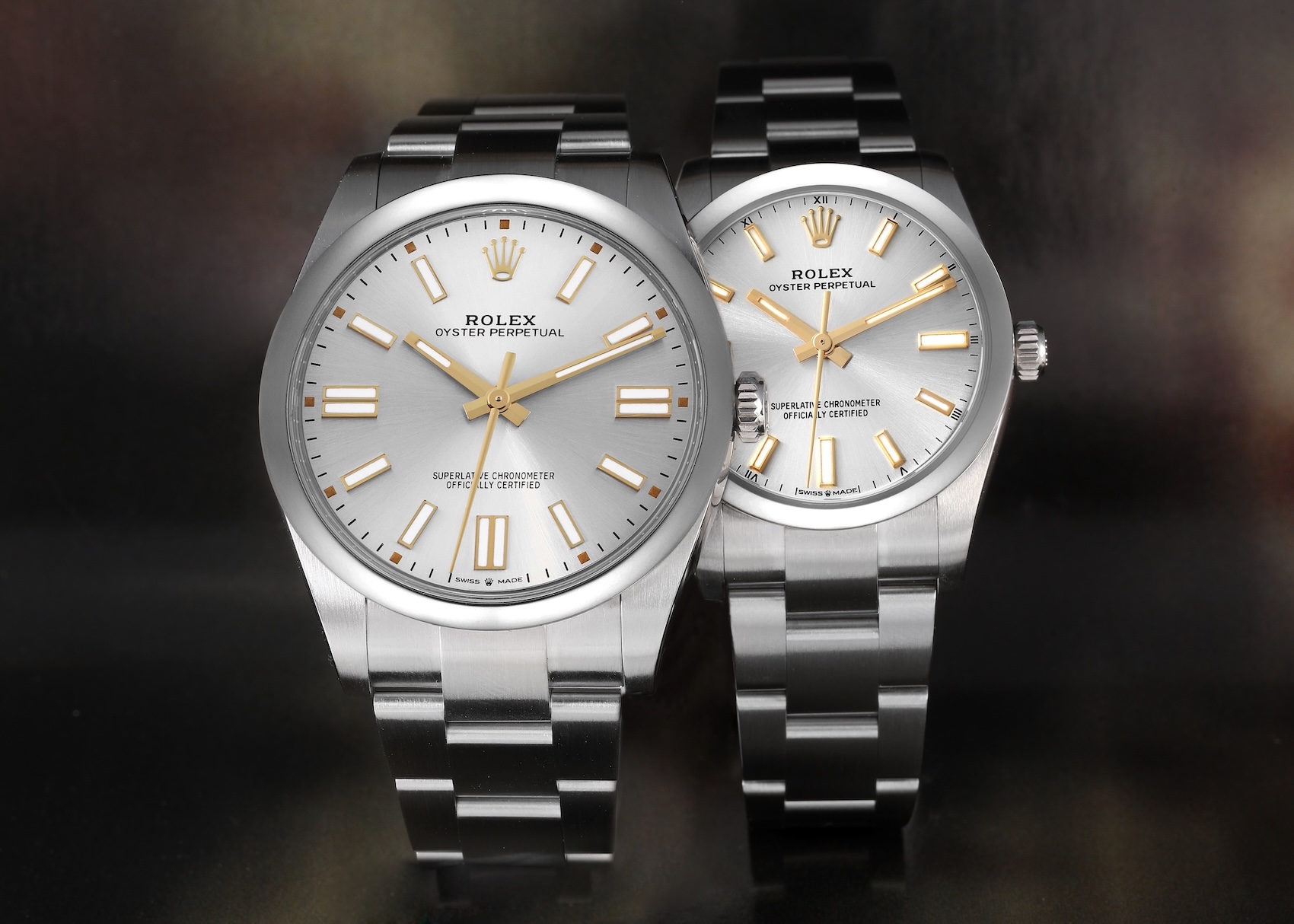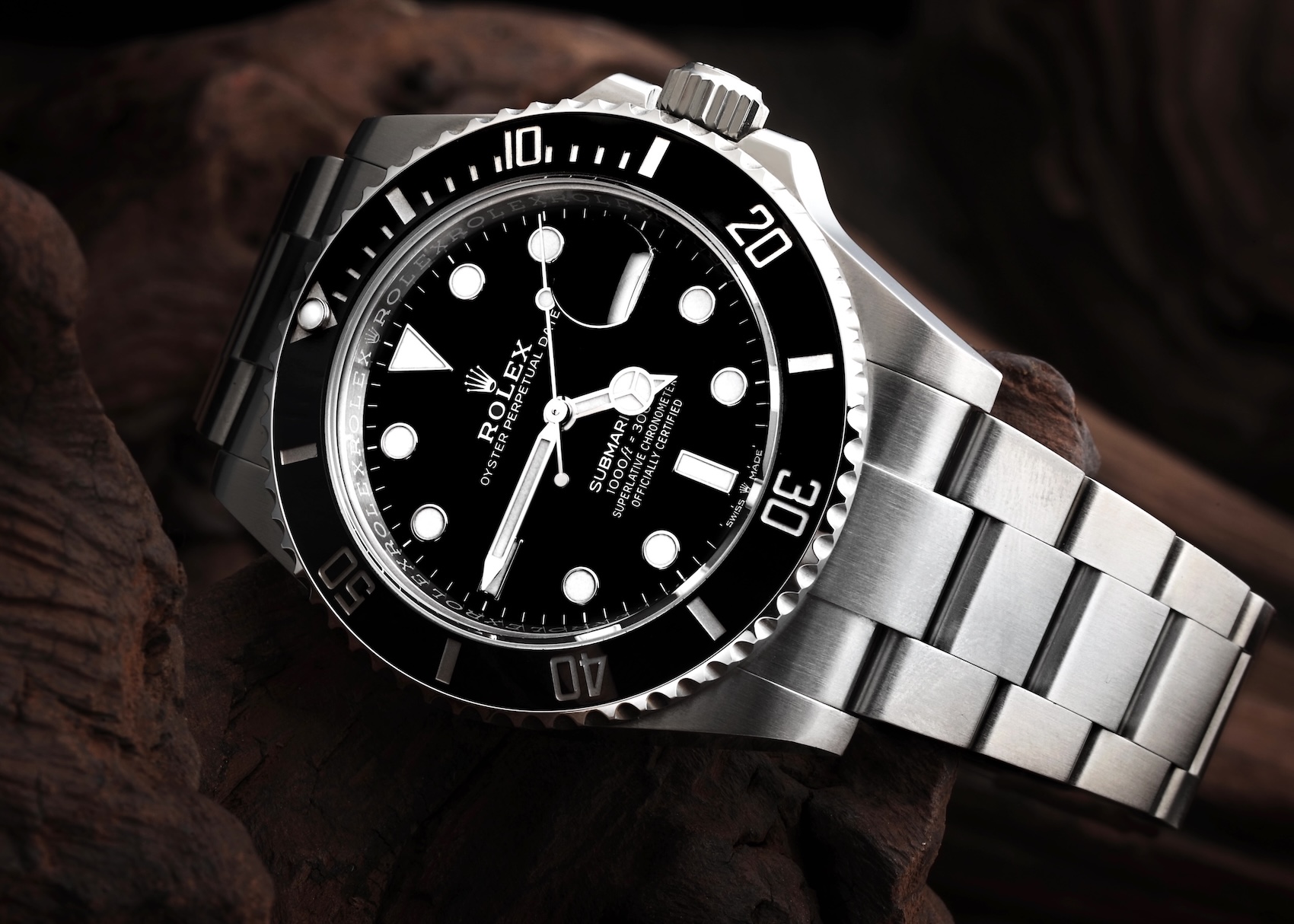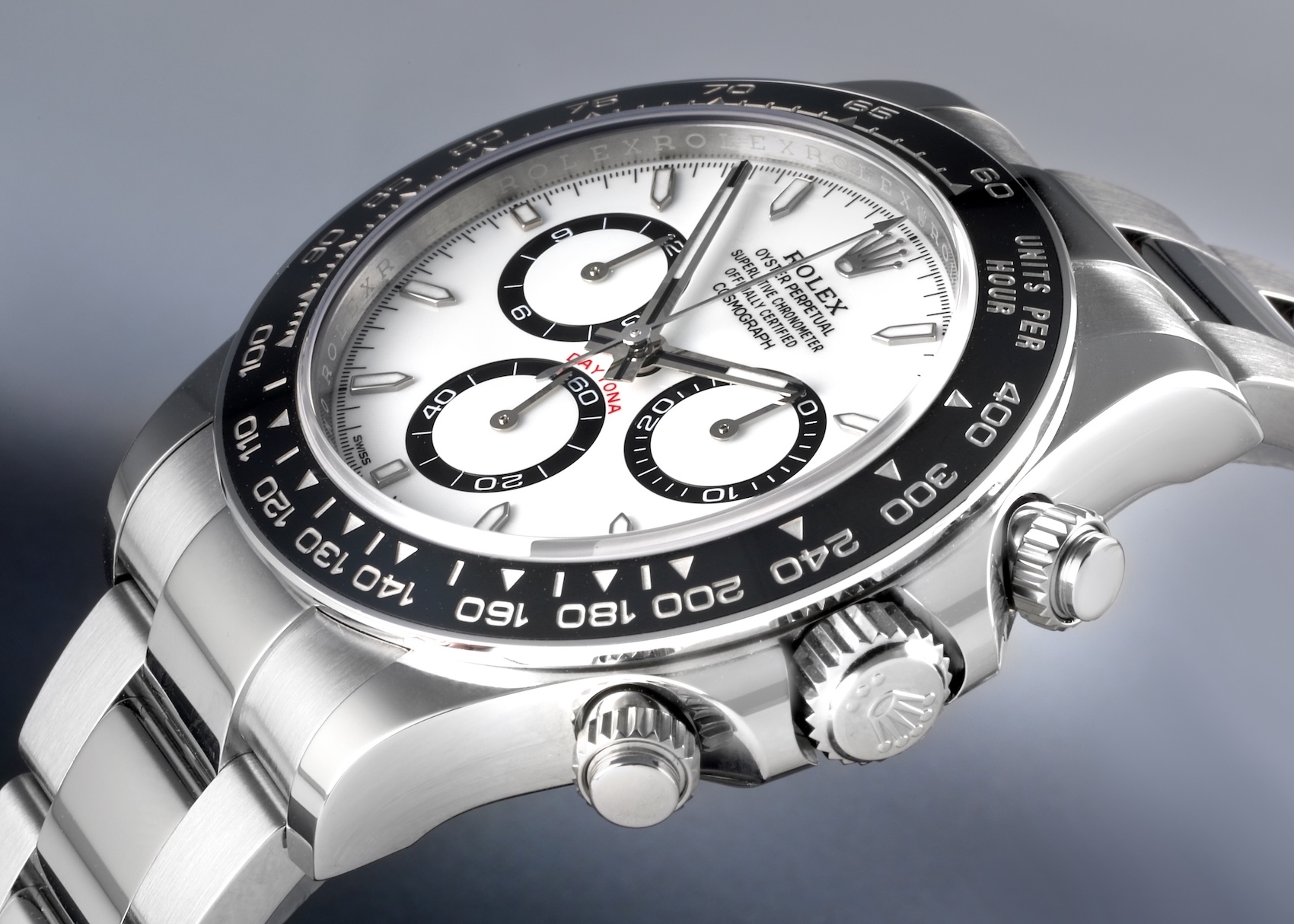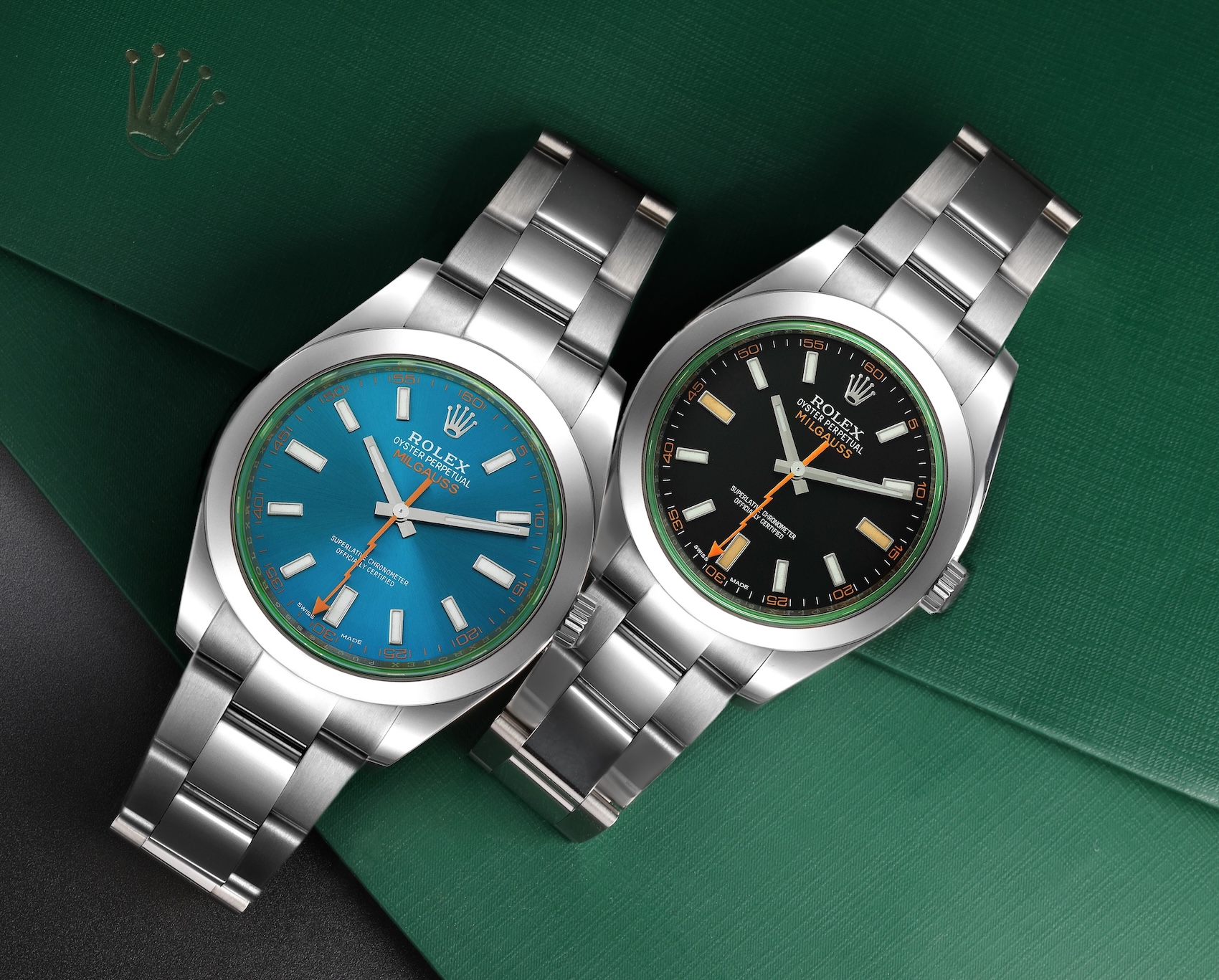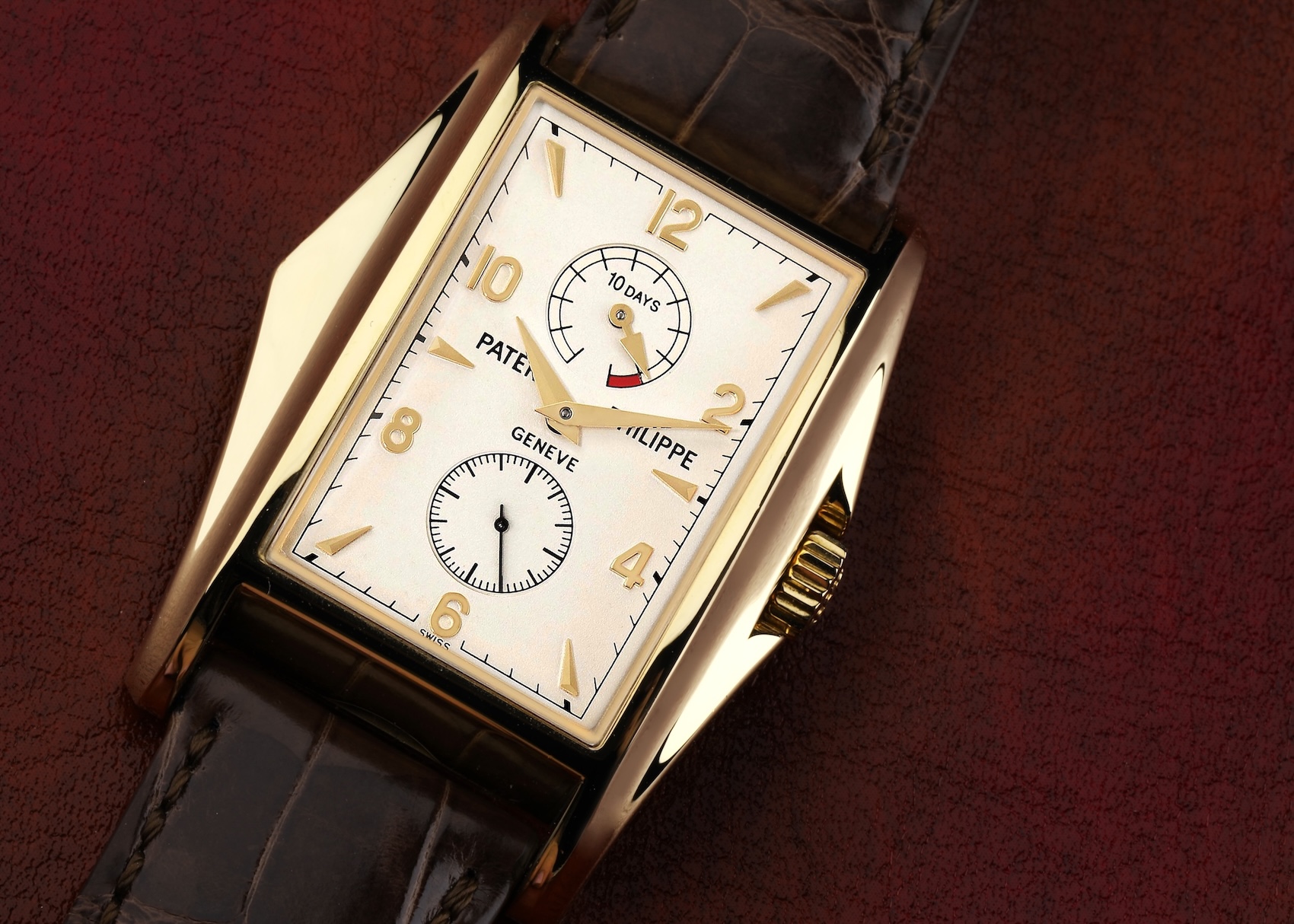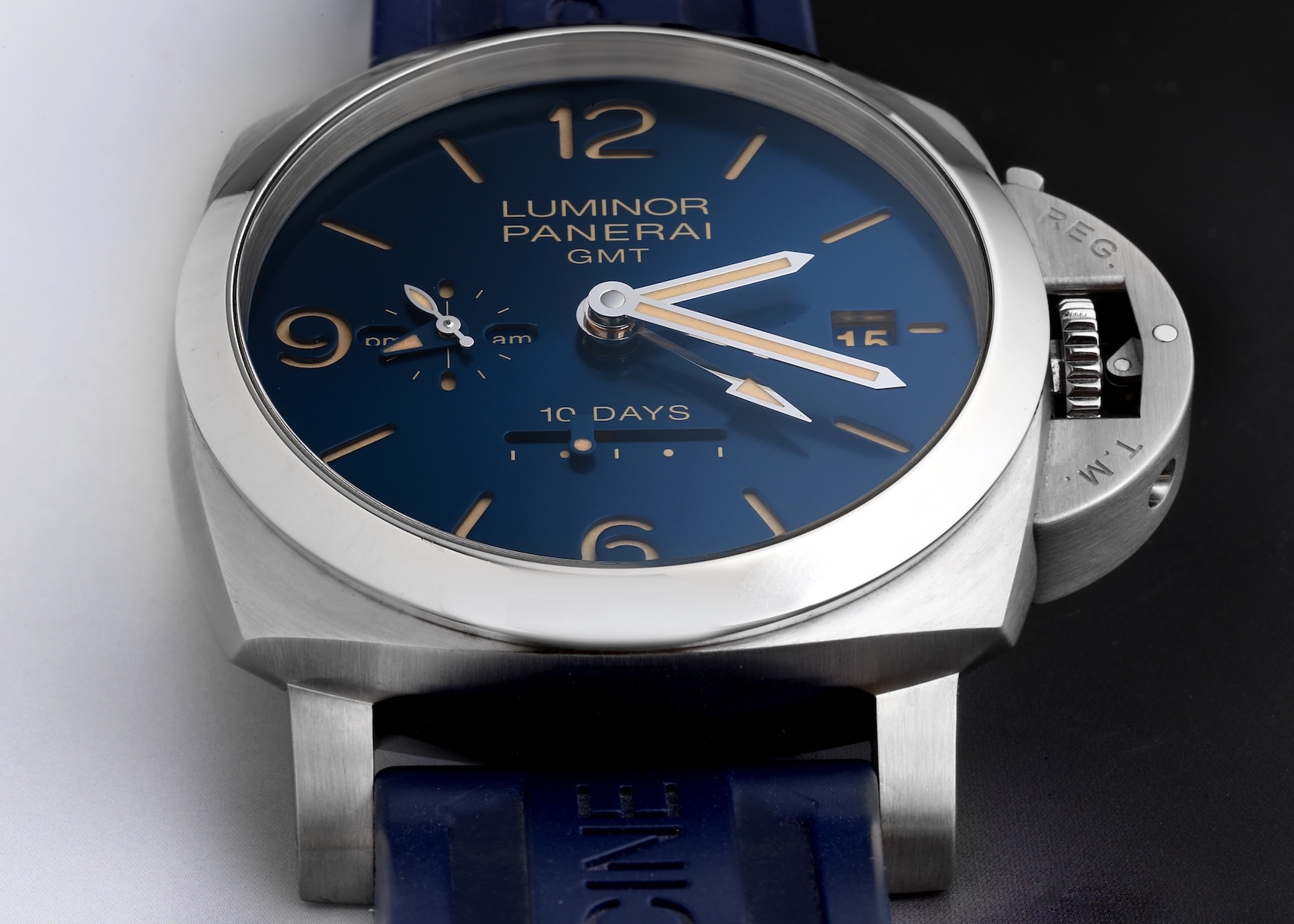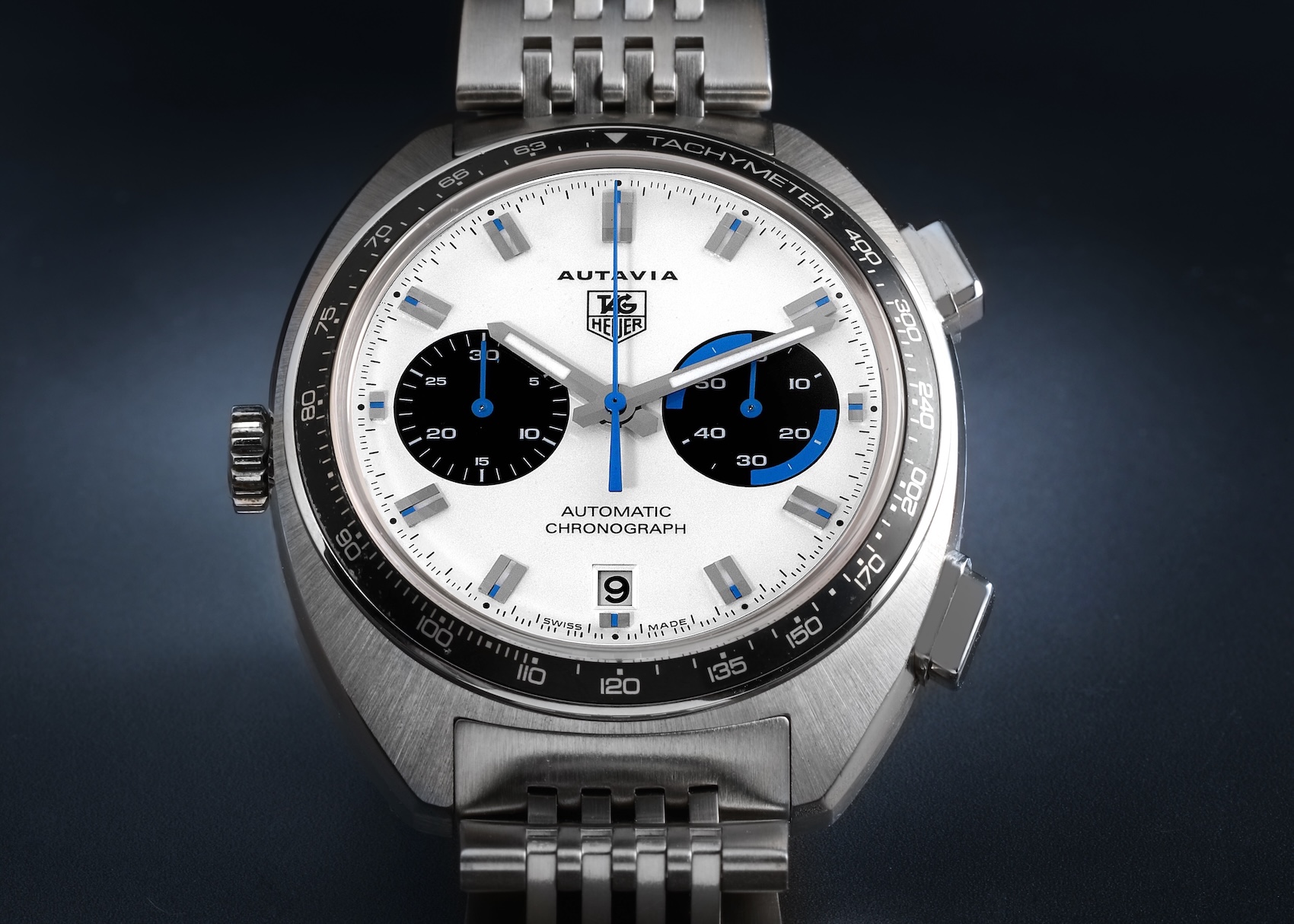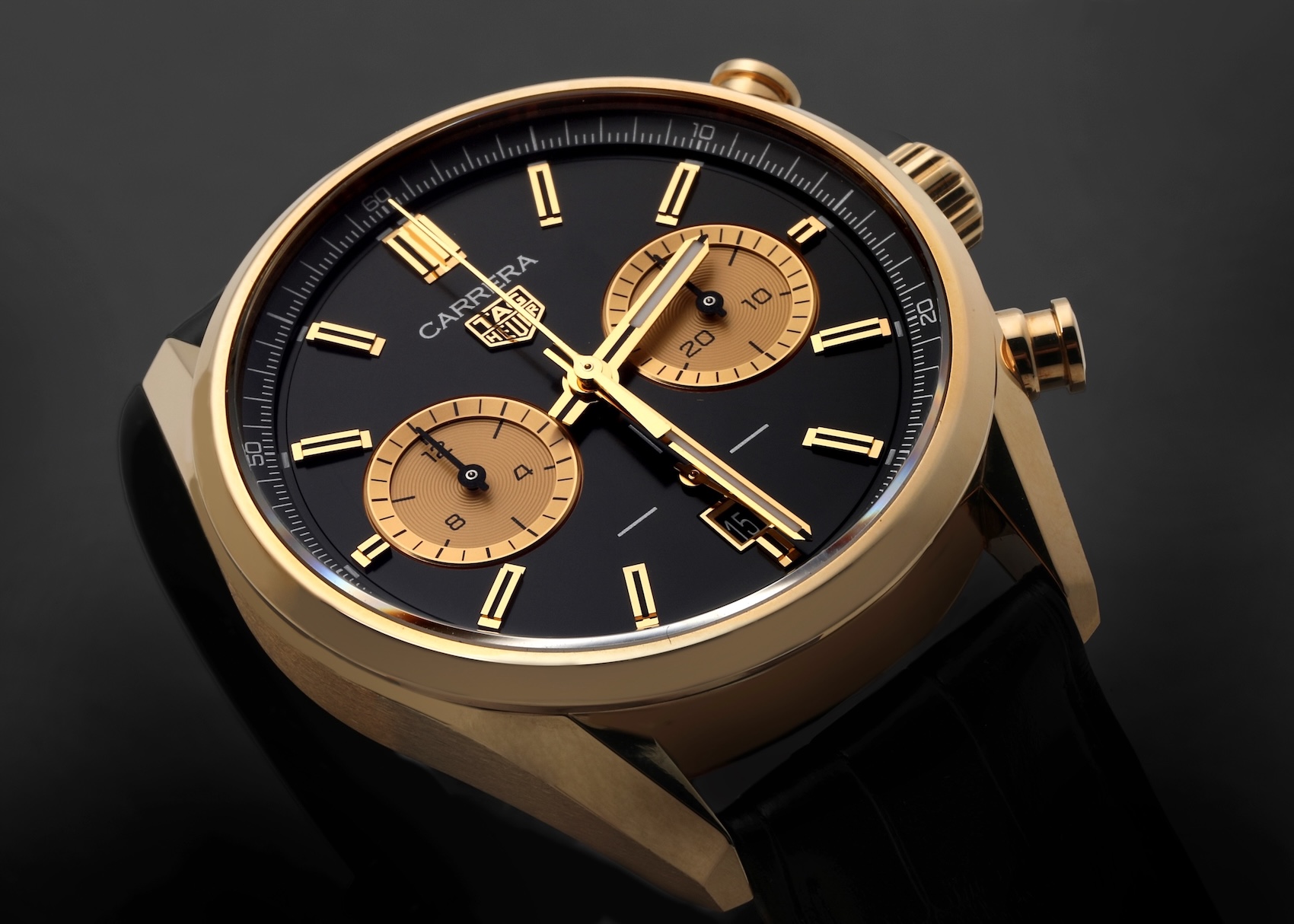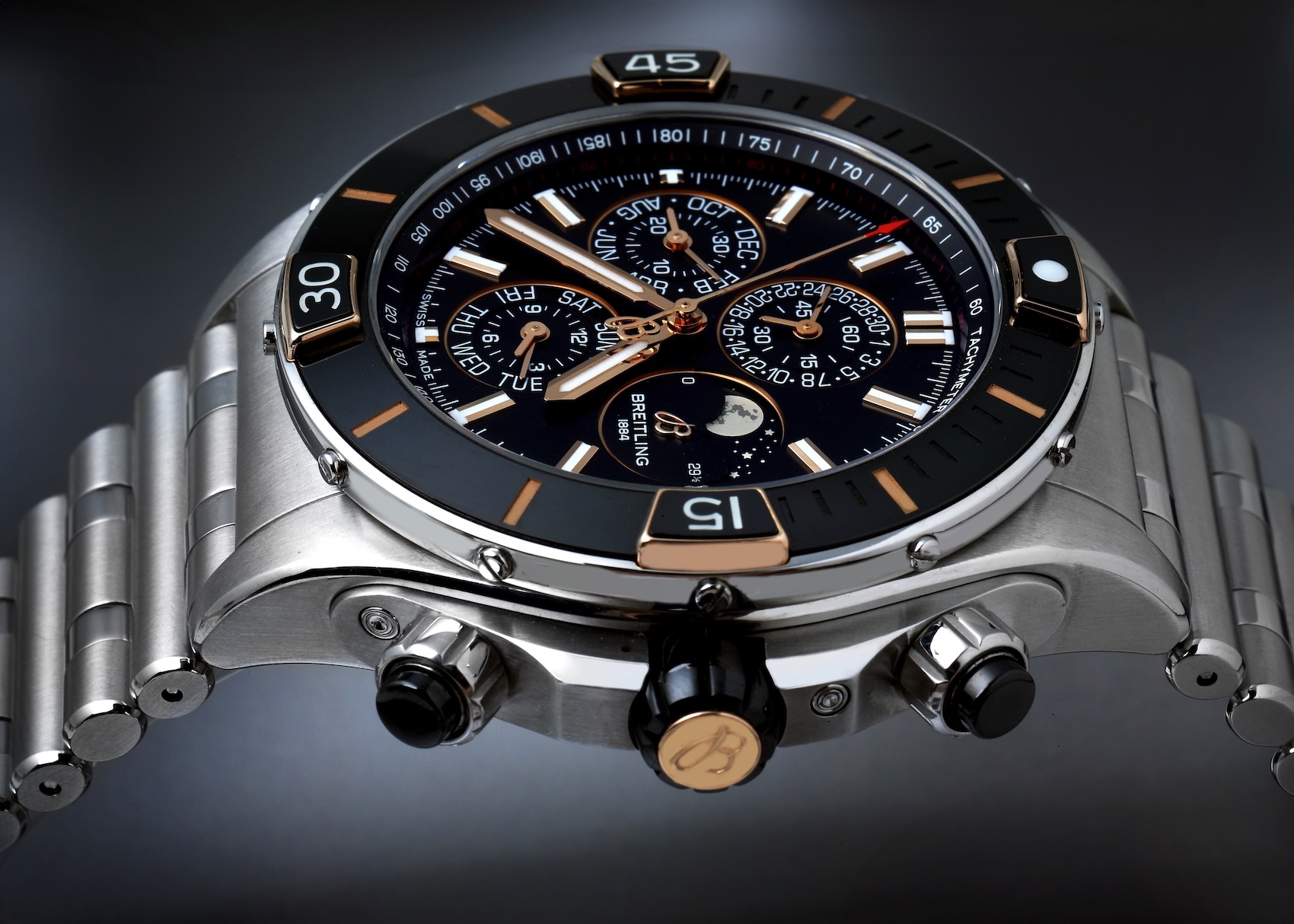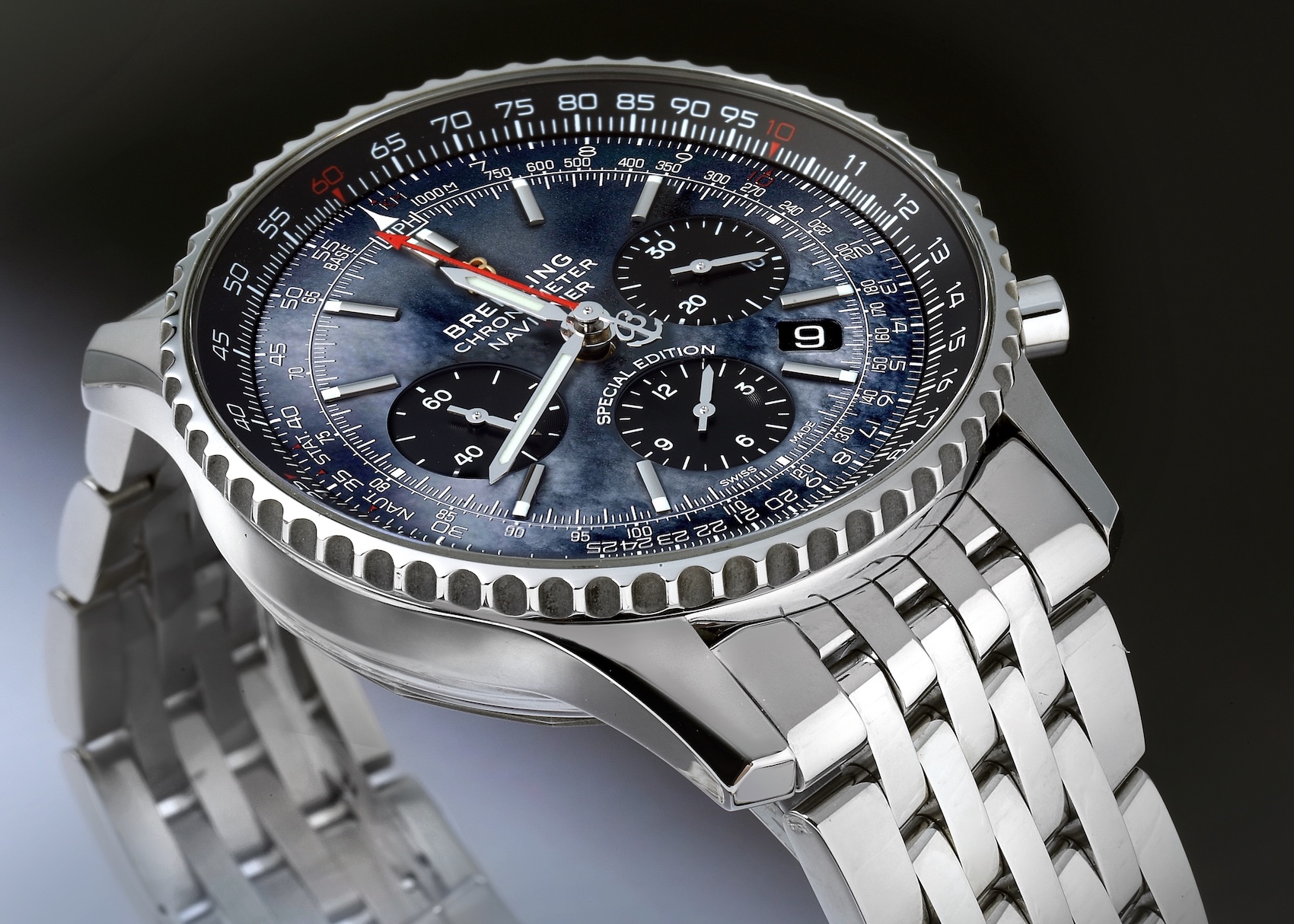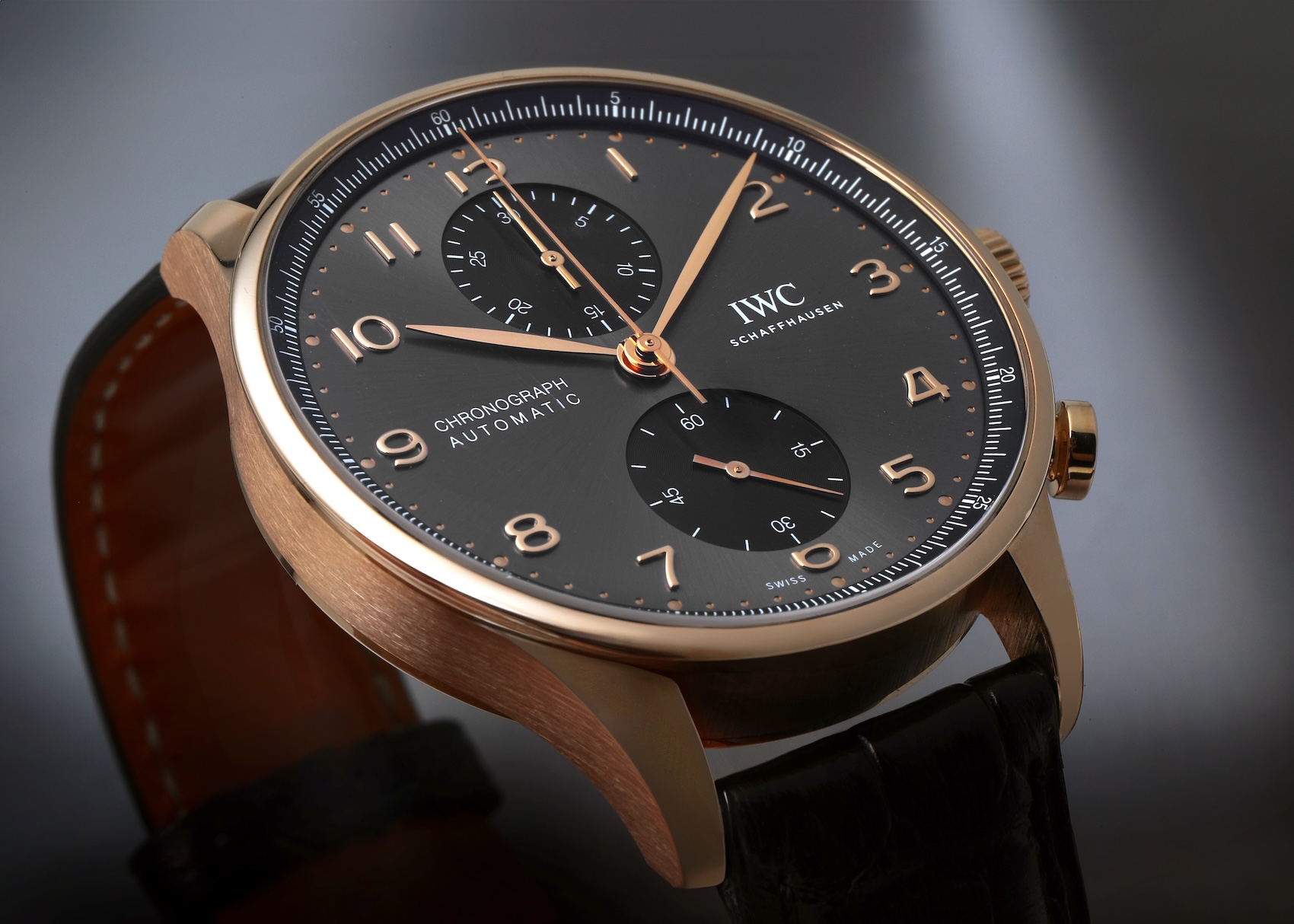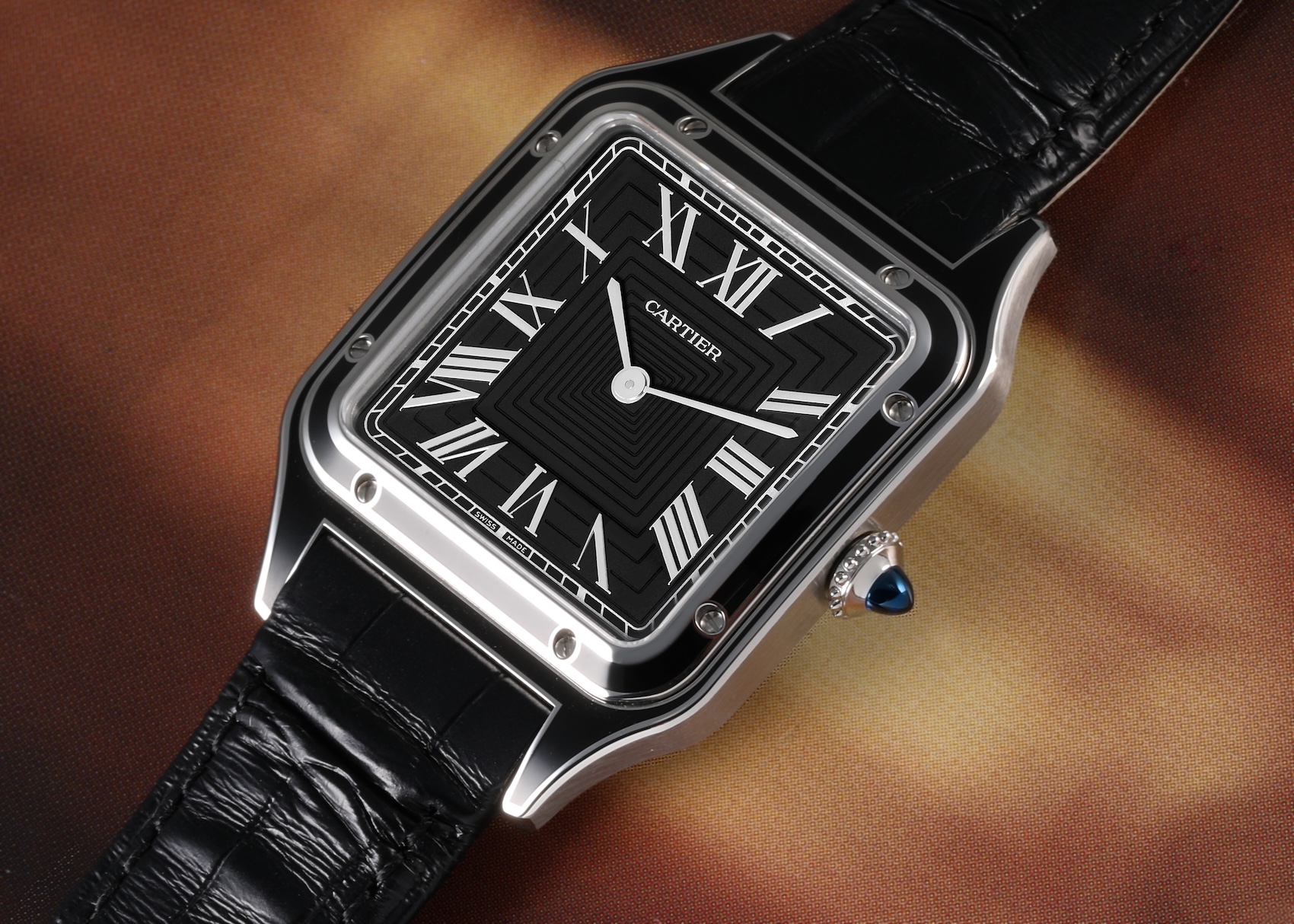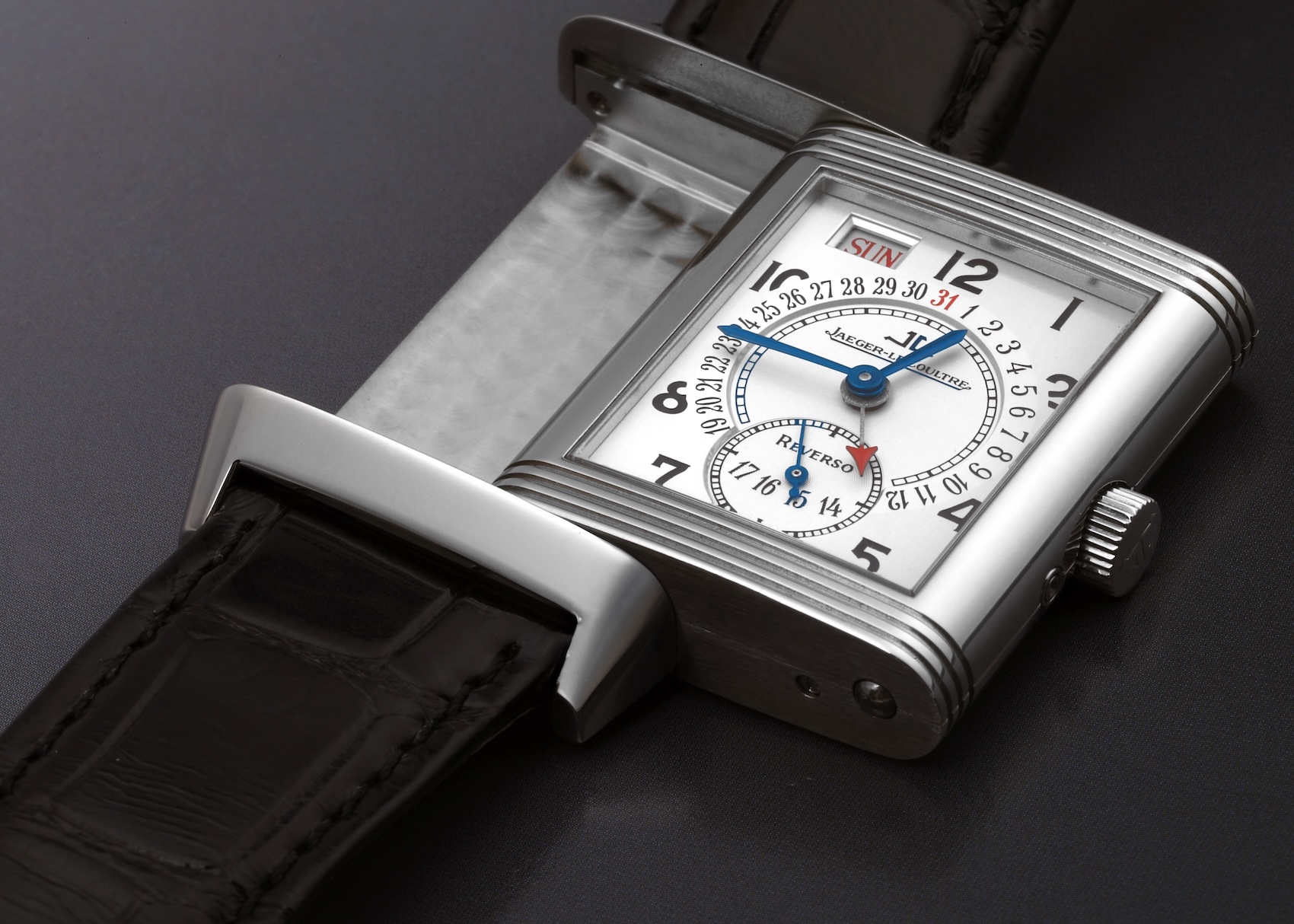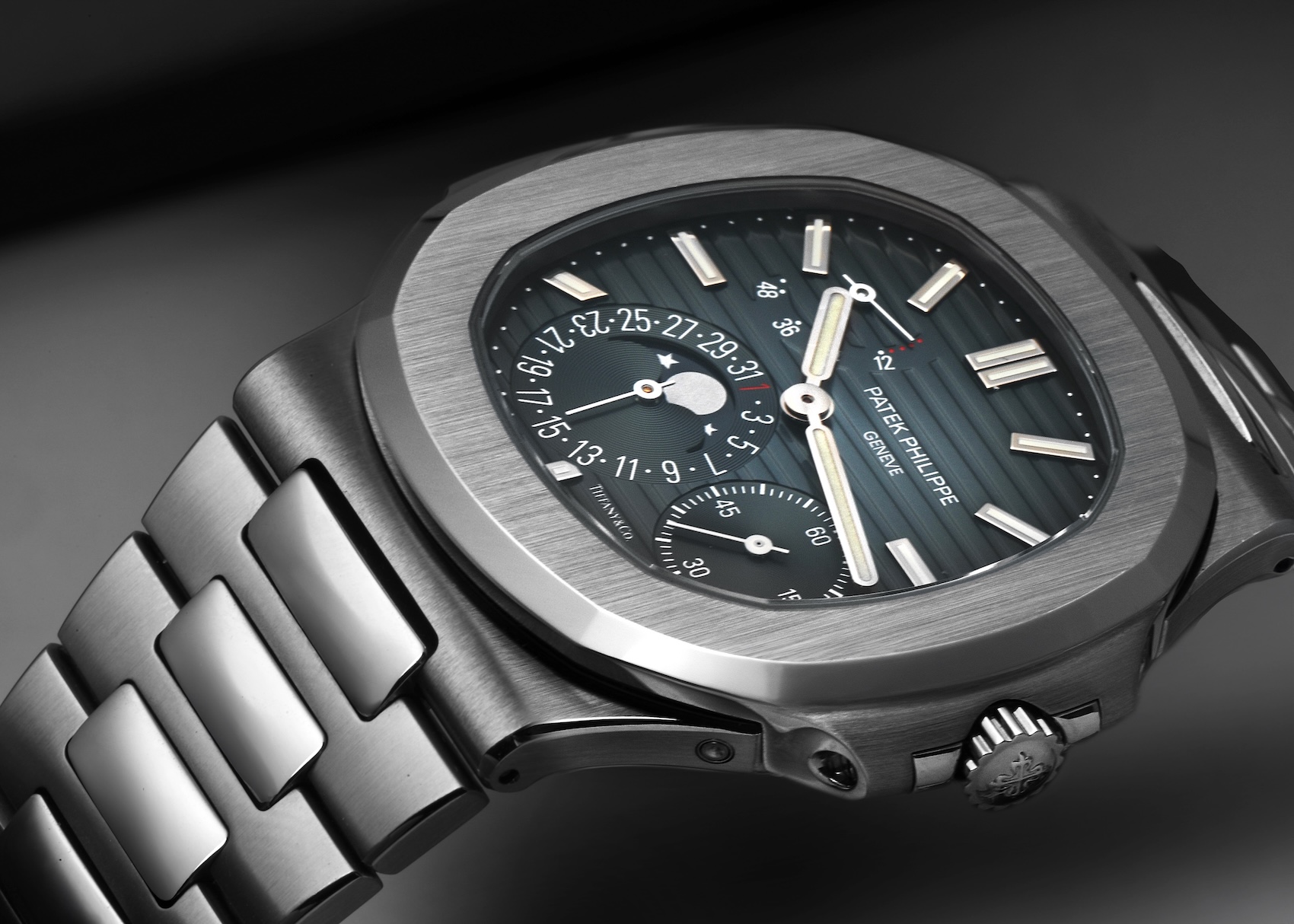Patek Philippe: Of Art, Adventure, and LegacyPatek Philippe’s names evoke a sense of refined history and creative genius.
NautilusIn 1976, Patek Philippe shattered conventions with a radically designed luxury sports watch in steel. Its designer, the legendary Gérald Genta, famously sketched the concept on a napkin in under five minutes while dining at a restaurant. The watch, with its distinctive porthole-shaped case and integrated bracelet, was named after the submarine in Jules Verne’s classic novel, 20,000 Leagues Under the Sea—the Nautilus, commanded by Captain Nemo. The name perfectly captured the watch’s blend of technical prowess and adventurous, maritime spirit. | 